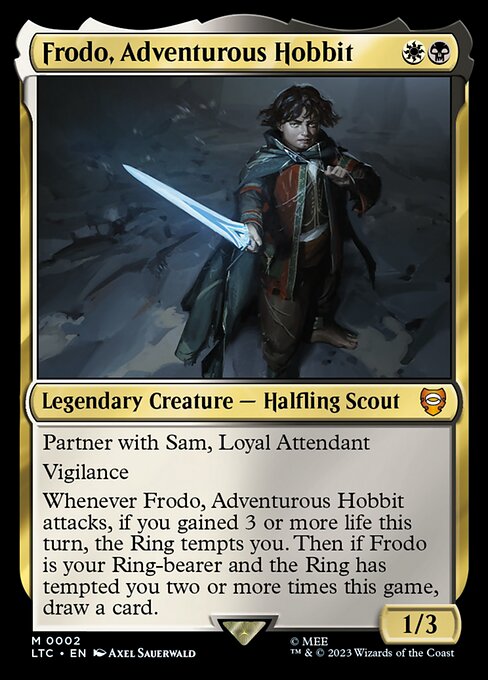Deck & Commander Strategies
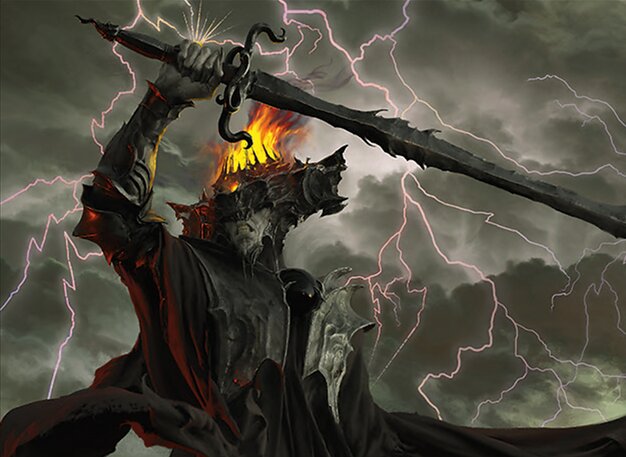
Sauron, Lord of the Rings
A control and disruption-oriented deck leveraging powerful artifacts and creatures themed around the dark lord’s influence, aiming to dominate the board and hinder opponents while building toward a decisive win.
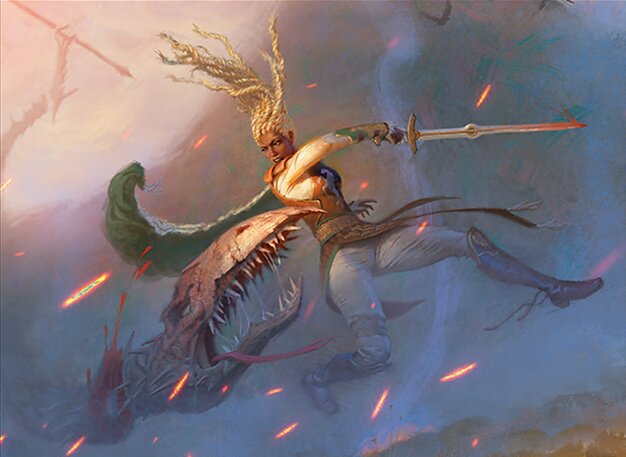
Éowyn, Shieldmaiden
A humans tribal deck focused on generating numerous human tokens, buffing them, and drawing cards through tribal synergies to overwhelm opponents with aggressive combat and continuous value.

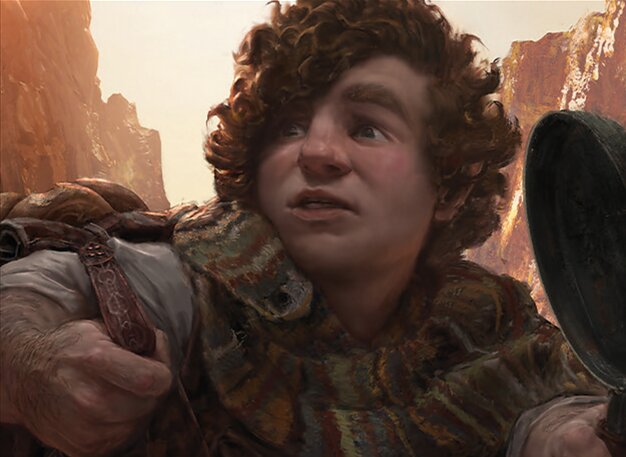
Frodo, Adventurous Hobbit & Sam, Loyal Attendant
A synergistic hobbit deck that generates food tokens and small creatures, leveraging artifact and token interactions to build a resilient board and provide incremental advantages over time.

Galadriel, Elven-Queen
A diplomacy and voting-themed deck centered on elf tribal and political interactions, encouraging player cooperation and control through voting mechanisms while establishing a steady board presence.
Gameplay Insights
- 1
The interaction between Zealous Conscripts and Humble Defector created a powerful card draw loop, significantly increasing the human player's resources and tempo.
- 2
Food tokens generated by Sam and other effects synergized with tribal abilities, enabling life gain and token generation that supported aggressive and defensive plays.
- 3
Galadriel’s voting mechanic was mostly inactive early on but set the stage for potential political influence and group decision-making later in the game.
- 4
Players prioritized establishing mana bases and early creatures to enable subsequent synergy-driven plays, with some missing land drops slowing their development.
- 5
The humans deck capitalized on tribal synergies to produce haste and trample tokens, applying pressure through combat damage and forcing defensive responses from opponents.
Notable Cards
-

Sam, Loyal Attendant
-
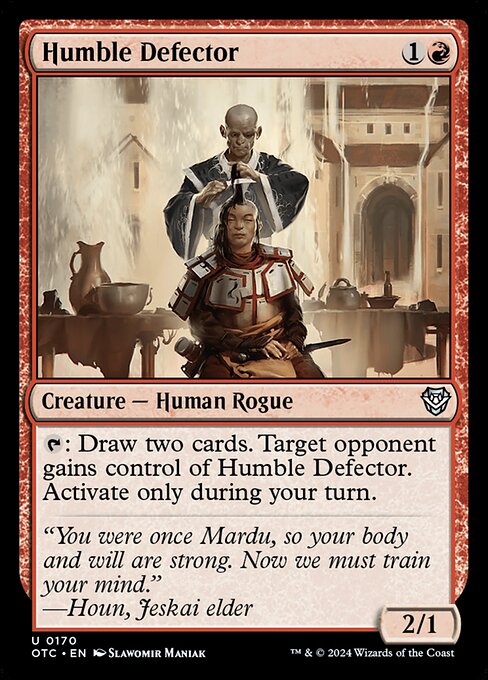
Humble Defector
-
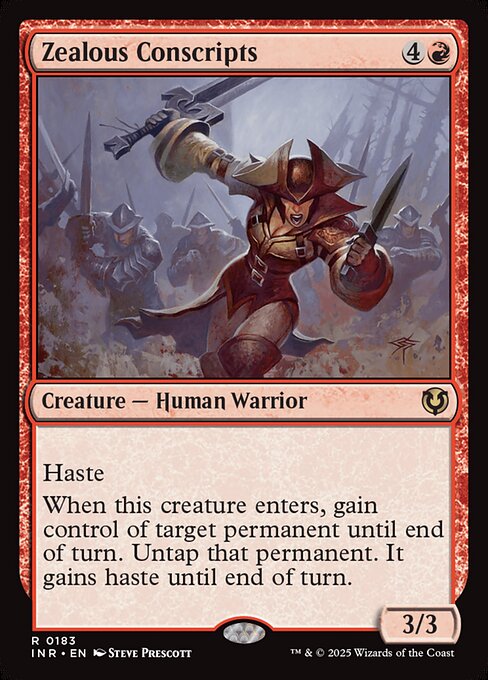
Zealous Conscripts
-
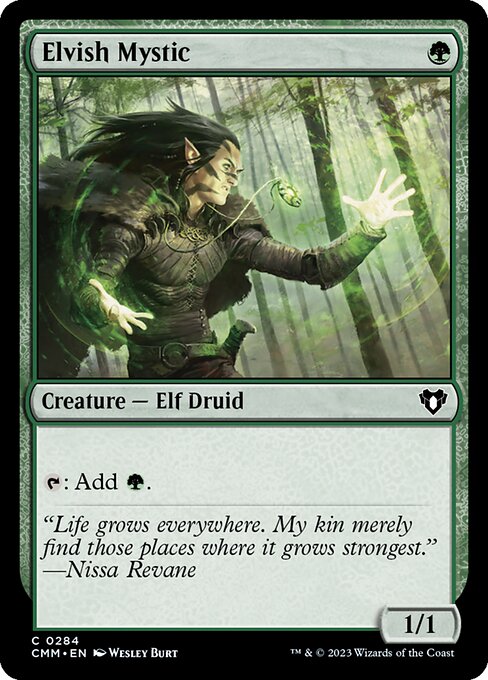
Elvish Mystic
-

Shiny Impetus
-

Arcane Signet
Gameplay Summary
The game began with players choosing their commanders from the Lord of the Rings-themed preconstructed decks, each representing different factions such as humans, elves, and hobbits.
Early turns focused on establishing board presence with key creatures like Warden of Eisengard and Sam, Loyal Attendant, who generated food tokens for additional synergies.
The human deck quickly established a strong board state by creating multiple human tokens and leveraging tribal synergies to pump creatures and draw cards.
Meanwhile, Galadriel's deck emphasized diplomacy and voting mechanics, though early game actions were more about setting up mana and board state. A significant turning point occurred when the human player used Zealous Conscripts to steal a key card, Humble Defector, enabling a powerful card-drawing loop through repeated taps.
This interaction ramped up the tempo and card advantage for the humans.
Sauron’s deck, representing the villainous side, focused on controlling the board and aiming to disrupt others while building up power.
The hobbit duo, Frodo and Sam, contributed with artifact and token synergies to slowly assemble a resilient board.
The game showcased the synergy of token generation, artifact interactions, and human tribal buffs as the humans pushed aggressive attacks, while other players worked to stabilize through diplomacy and value plays.
The game’s tension revolved around managing these synergies and handling the escalating board states, with the humans making a strong push through both token armies and card advantage engines.




